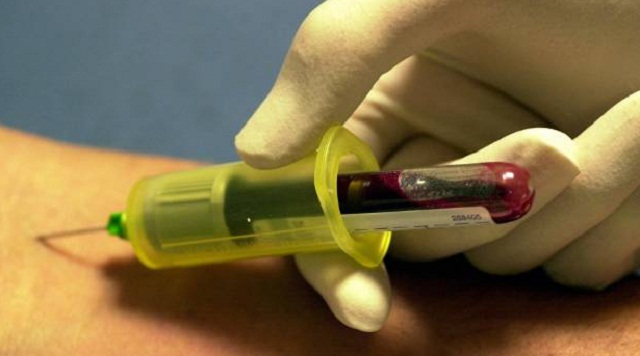
Youth proteins vs elder proteins
While old mice show benefit from transfusions of young mouse blood, the opposite is also true: young mice show signs of ageing when exposed to their elder’s blood. It appears there are not just “youth proteins” present in young blood, but also “elder proteins” in the blood of older animals.
In 2016, Irina Conboy’s research team used a blood exchange technique between old and young mice, without surgically joining them. The results of this method would be easier to translate into a human medical setting than parabiosis, as it resembles exchange transfusions that are already used medically.
When they received old blood, the muscle strength of young mice decreased, and the growth of their brain cells slowed down.
A protein known as B2M (beta-2-macroglobulin) may be involved in this process, although it does not appear to be elevated with age-possibly acted on by another signal from older blood.
HanadieYousef at Stanford University has identified a protein called VCAM1 that increases with age and causes signs of ageing when injected into young mice. What’s particularly interesting is that in her studies, these effects can be blocked by an antibody to VCAM1.
Quest for targeted therapies
So, where does this lead us today? Can teenagers full of young blood rest safely from elderly vampiric super-villains?
It seems that, rather than being the stuff of myth and magic, there are indeed factors in the blood that change with age: some that increase, some that decrease. Research has started to discover how some of these may work at a cellular level in muscles, organs and in particular, the brain, as we age. One day these discoveries may lead to rational and targeted therapies for a variety of conditions.
What is certain is that human plasma contains a vast array of active molecules, many of which are already in medical use. Donated plasma has been used for decades to fight disease, control bleeding and help with certain chronic neurological disorders. Fortunately for us all, plasma from people of all ages can be used in these treatments.
David Irving is Adjunct Professor, University of Technology Sydney,.Dr Alison Gould, Scientific Communications Specialist for the Australian Red Cross Blood Service, co-authored this article.
****
Source: theconversation
 The Independent Uganda: You get the Truth we Pay the Price
The Independent Uganda: You get the Truth we Pay the Price


